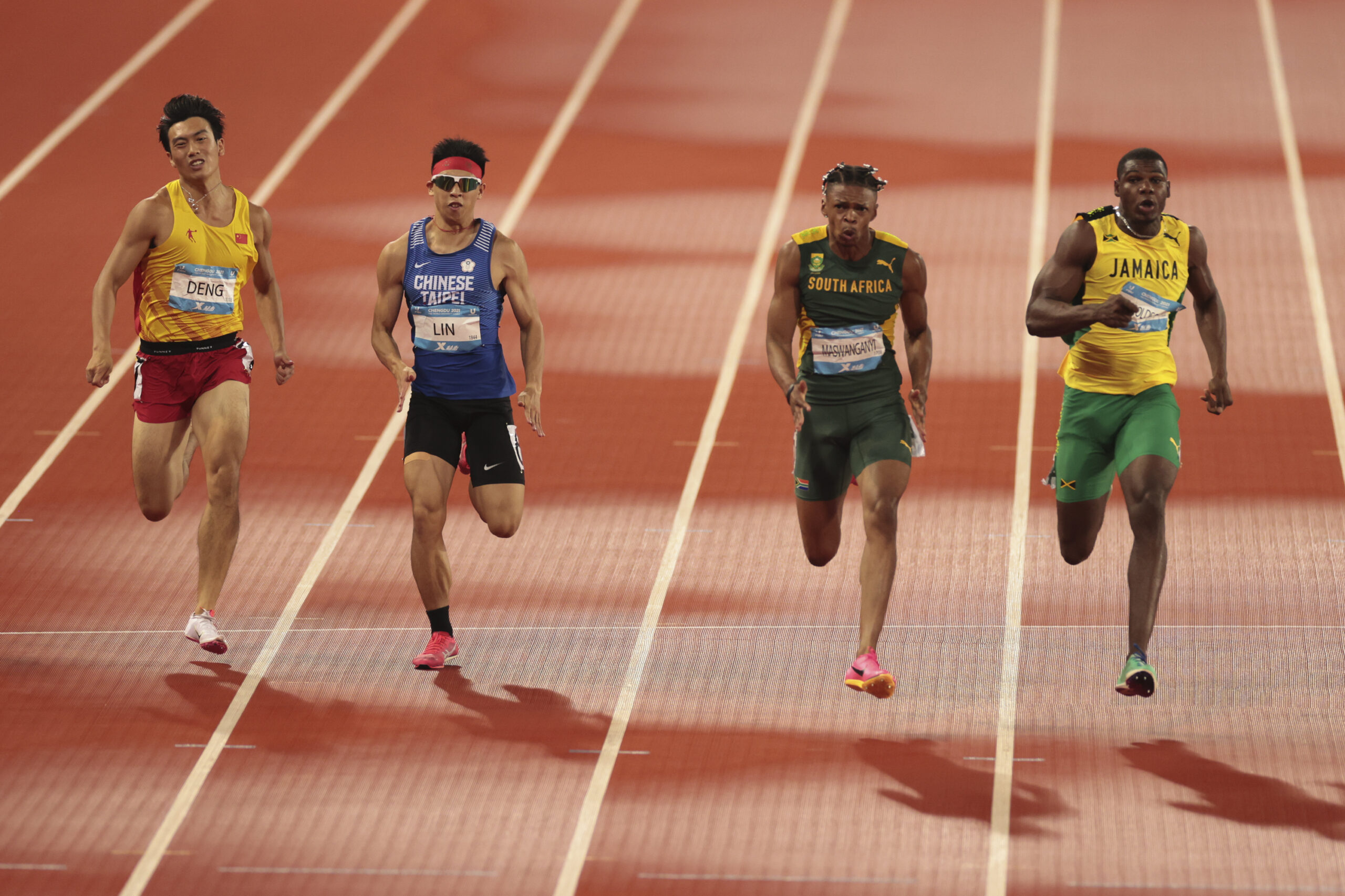Athletics – Five Rules to Know
Field Events
- Valid Attempts
Each athlete is allowed a specified number of attempts (usually 3 or 6). A valid attempt requires the athlete to comply with event-specific rules (e.g., not touching the bar in high jump or landing within the sector in throws).
- Time Limits
Athletes must begin their attempt within a set time limit after being called (typically 30 seconds). Failing to start within this time results in a failed attempt.
- Measurement of Performance
In jumps, the measurement is taken from the take-off line to the nearest point of contact in the landing area. In throws, the distance is measured from the throwing circle or arc to the nearest mark in the landing sector.
- Fouls
Specific fouls vary by event, but common examples include:
- Touching the ground outside the circle in throwing events.
- Failing to clear the bar in high jump or pole vault.
- Overstepping the take-off board in long jump or triple jump.
- Throwing outside the marked sector (e.g., 34.92° for most throwing events).
- Sector and Equipment Rules
Only approved equipment meeting weight and size specifications is allowed, and any modifications can lead to disqualification.
Download Rules as Pocketguide
Road Events
- Course Adherence
Athletes must follow the designated course. Taking shortcuts or leaving the marked route will result in disqualification.
- Time Limits
Many road events have time limits within which participants must complete the course. Athletes failing to meet these limits may be removed from the race.
- Technique Rules in Race Walking
In the 20km race walk, athletes must maintain continuous contact with the ground, and the leading leg must remain straight until the vertical position is reached. Violations are monitored by judges, and three warnings lead to disqualification.
- Aid Stations
Refreshments are only allowed at designated aid stations. Receiving food or drinks outside these zones may result in disqualification.
- Team Ranking
In team rankings, the total time or placement of the top athletes from each team (depending on the rules) determines the score. Athletes must finish the race for their performance to count towards the team result.
Download Rules as Pocketguide
Track
- Starting Rules
Athletes must remain in the starting position until the starting signal is given. A false start (e.g., starting too early) results in immediate disqualification.
- Lane Discipline
In events up to and including 400m (and hurdle races up to 400m), athletes must stay within their assigned lane. Leaving the lane or stepping into another competitor’s lane leads to disqualification.
- Hurdles and Obstacles
In hurdle and steeplechase events, athletes must clear all hurdles or obstacles correctly. Intentionally knocking over a hurdle is not allowed but may be tolerated if unintentional and without gaining an advantage.
- Steady Running
In long-distance races (800m and above), athletes may change lanes when it is safe to do so. However, they must not obstruct or push other competitors, as this may result in disqualification.
- Relay Baton Exchange
In relay races (4x100m, 4x400m, mixed), the baton must be exchanged within the marked changeover zone. Leaving the zone or dropping the baton leads to disqualification unless the baton is correctly recovered.
Download Rules as Pocketguide
